The A. papilionacea group is a small but highly distinct collection of
orchids that are not easily mistaken for any other. It consists
of just two species, A. papilionacea itself, commonly known as the Pink Butterfly Orchid and the Fan Lipped Orchid, A. collina.
A. papilionacea is a polymorphic species with a large and varied distribution, factors that unsurprisingly give rise to a wide range of natural and regional variations. First described (as an Orchis) by Linnaeus as long ago as 1759, the taxon has ever since been intensely studied, leading to the recognition of many forms and the creation of a list of synonyms far too extensive to detail in these pages (67 in 2013). A genetic study in 1993 comparing sub-species grandiflora, papilionacea and heroica (now aegaea) determined that the minimal genetic difference's discovered, were consistent with separate geographic populations within a single cohesive gene pool. Notwithstanding these results, new taxa still emerge.
A. papilionacea subsp. papilionacea was first described by Bateman, Pridgeon and Chase in 1997 and was originally considered to have an extensive distribution through most of central and southern Europe. The burgeoning number of newly described taxons has however diminished this range considerably and the most recent of these reclassifications has had the greatest affect. In 2017, Kreutz described A. papilionacea v septentrionalis, this being the nomenclature for a taxon from the more northerly regions of A. papilionacea's former range. This new subspecies is found in south east France, northern Italy, the Balkans, northern Greece, Bulgaria and Romania. As far as can be determined therefore, this leaves A. papilionacea subsp. papilionacea distributed in a southerly band from the Iberian peninsula and north Africa, through southern Italy and across the Adriatic to the Peloponnese.
A. papilionacea is a polymorphic species with a large and varied distribution, factors that unsurprisingly give rise to a wide range of natural and regional variations. First described (as an Orchis) by Linnaeus as long ago as 1759, the taxon has ever since been intensely studied, leading to the recognition of many forms and the creation of a list of synonyms far too extensive to detail in these pages (67 in 2013). A genetic study in 1993 comparing sub-species grandiflora, papilionacea and heroica (now aegaea) determined that the minimal genetic difference's discovered, were consistent with separate geographic populations within a single cohesive gene pool. Notwithstanding these results, new taxa still emerge.
A. papilionacea subsp. papilionacea was first described by Bateman, Pridgeon and Chase in 1997 and was originally considered to have an extensive distribution through most of central and southern Europe. The burgeoning number of newly described taxons has however diminished this range considerably and the most recent of these reclassifications has had the greatest affect. In 2017, Kreutz described A. papilionacea v septentrionalis, this being the nomenclature for a taxon from the more northerly regions of A. papilionacea's former range. This new subspecies is found in south east France, northern Italy, the Balkans, northern Greece, Bulgaria and Romania. As far as can be determined therefore, this leaves A. papilionacea subsp. papilionacea distributed in a southerly band from the Iberian peninsula and north Africa, through southern Italy and across the Adriatic to the Peloponnese.
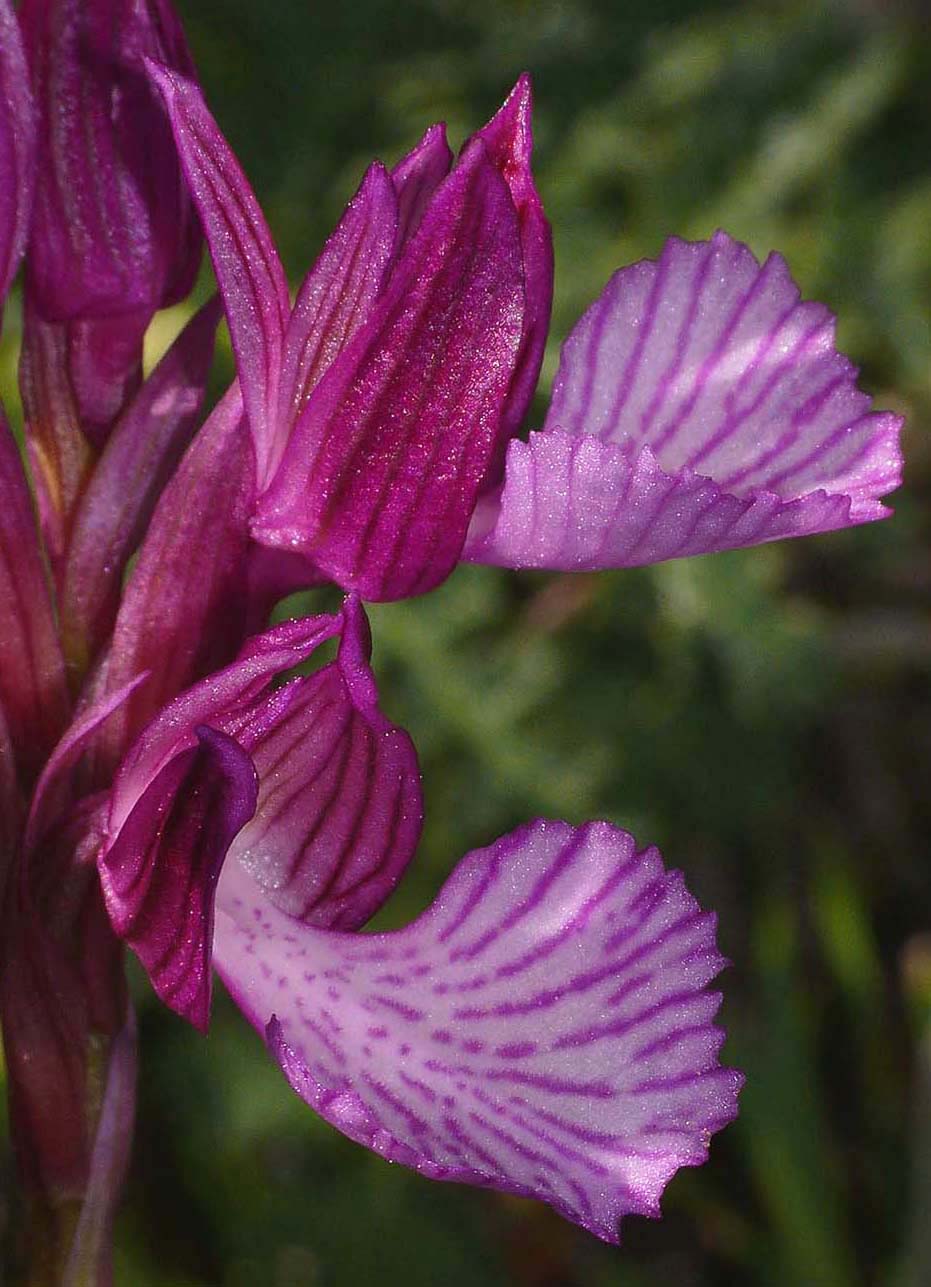
A. papilionacea subsp. papilionacea enjoys a long flowering period which can commence as early as mid January and still be found in May at higher altitudes and in more temperate climes. It favours a position in full sun, on alkaline soils but will thrive on either dry or moist substrates. It is however a species easily crowded out by competing, rank vegetation and prefers a habitat comprised of poor grassland or bare, rocky garrigue.
The assumed distribution of this taxon has already been outlined and its range undoubtedly brings it into contact with other closely related members of its group, notably A. papilionacea subsp. grandiflora (expansa) and A. papilionacea subsp. papilionacea f vexillifera. Many authorities do not accept any distinction between these two taxons, sharing as they do, a broad shouldered, very wide lip which is approximately twice the width of A. papilionacea subsp. papilionacea.
Recognizing the various subspecies, varieties and forms of this taxon is difficult and many argue with some cogencey that these differences simply reflect its polymorphic development. Although some of the distinctions are tenuous and explicable via natural variation, others are morphologically at least, more profound and perhaps represent justifiable separation.
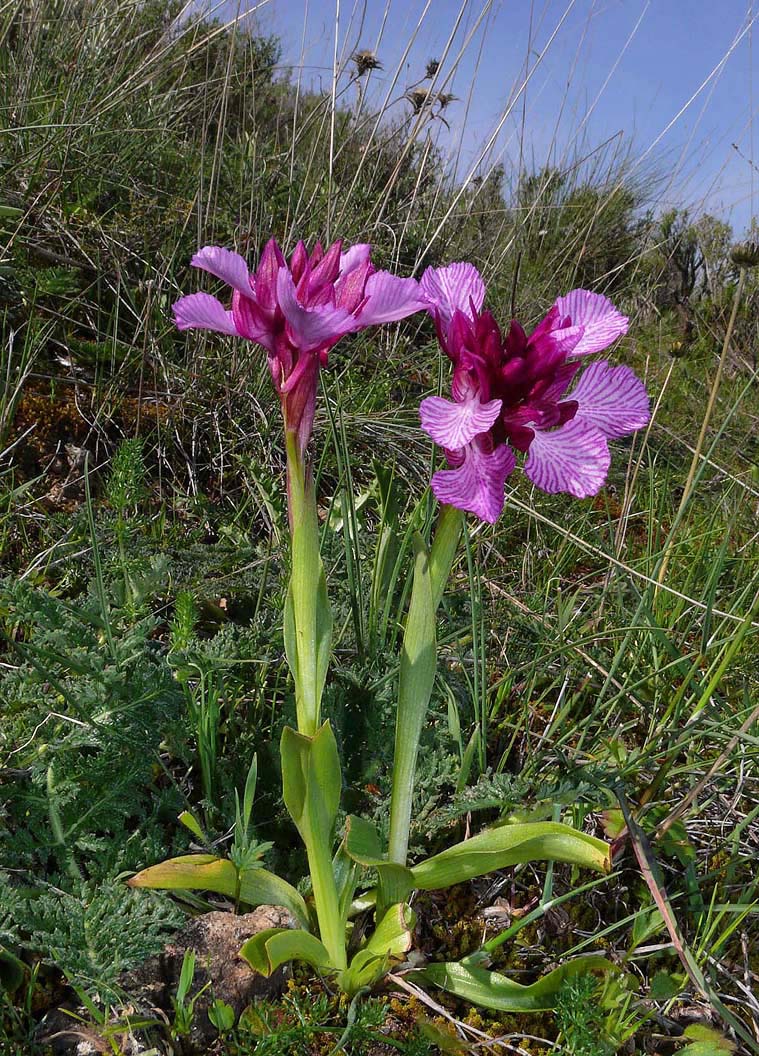
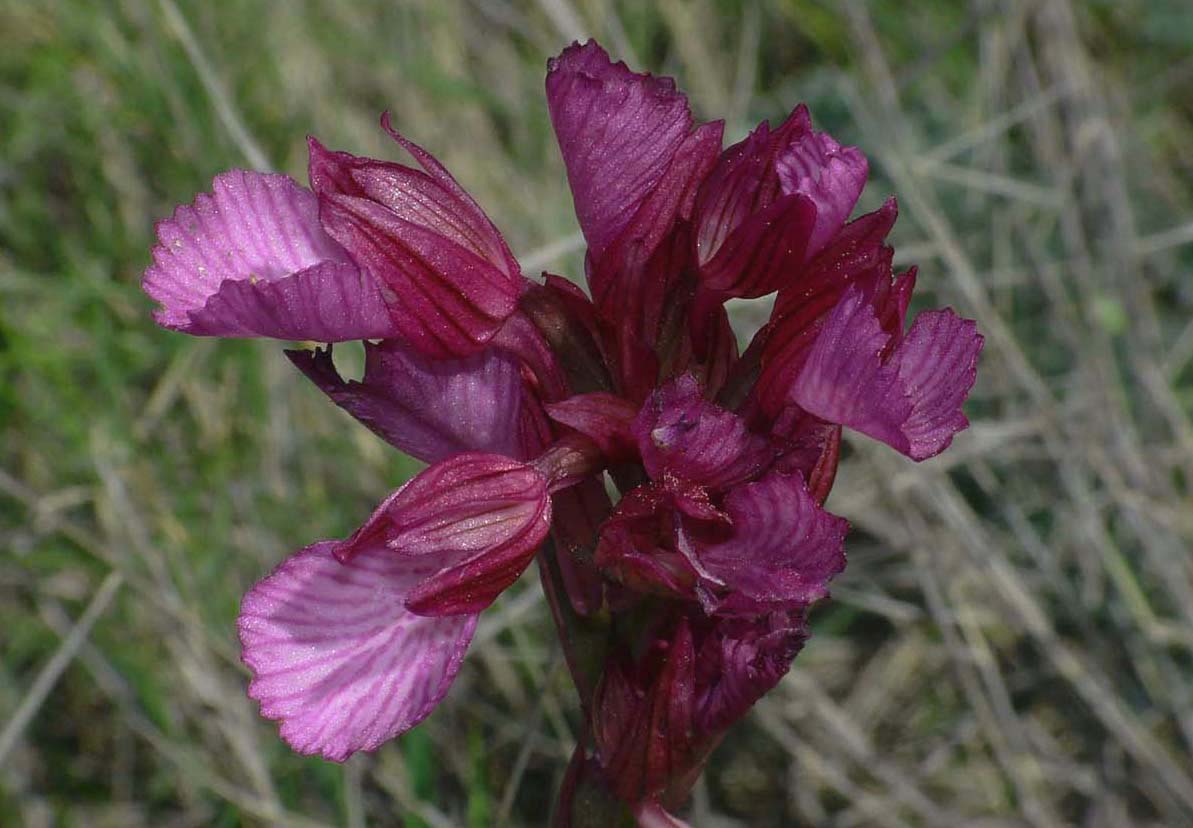
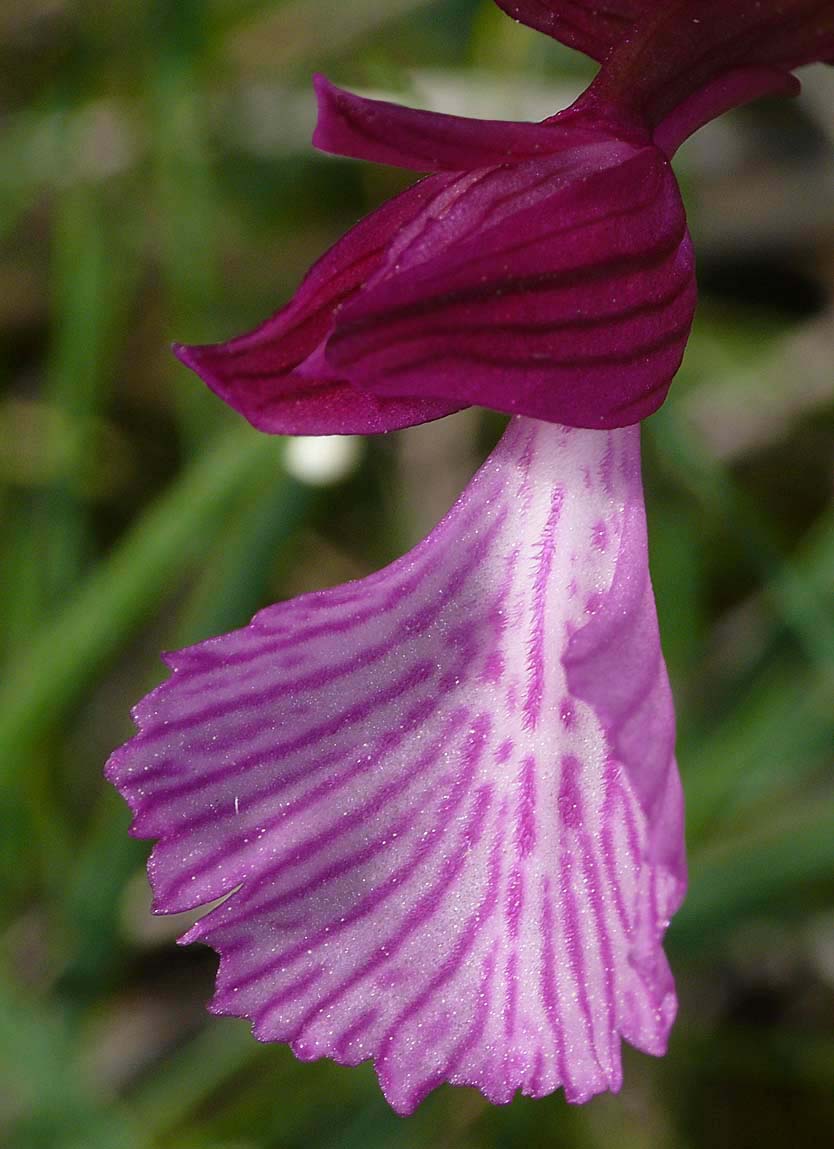
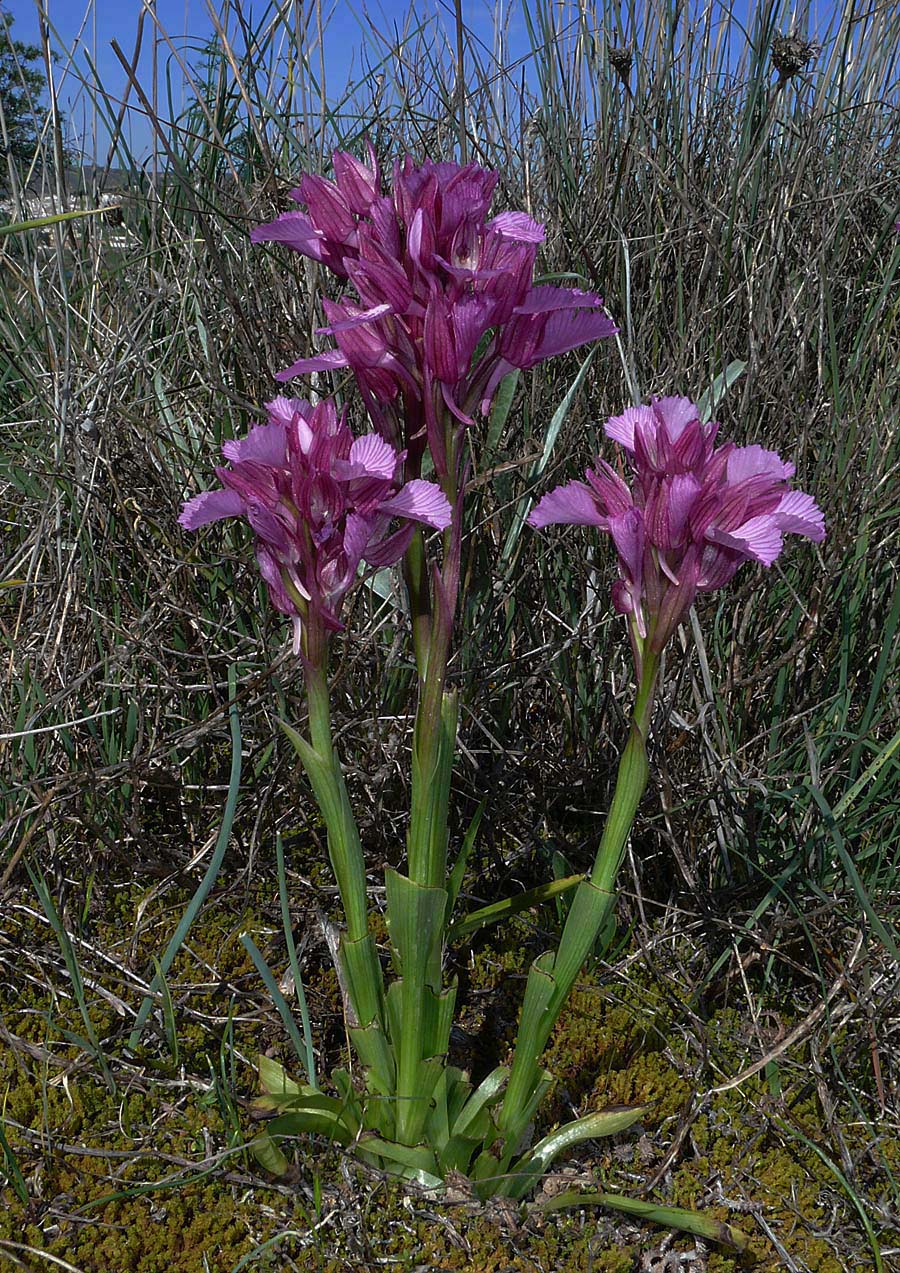
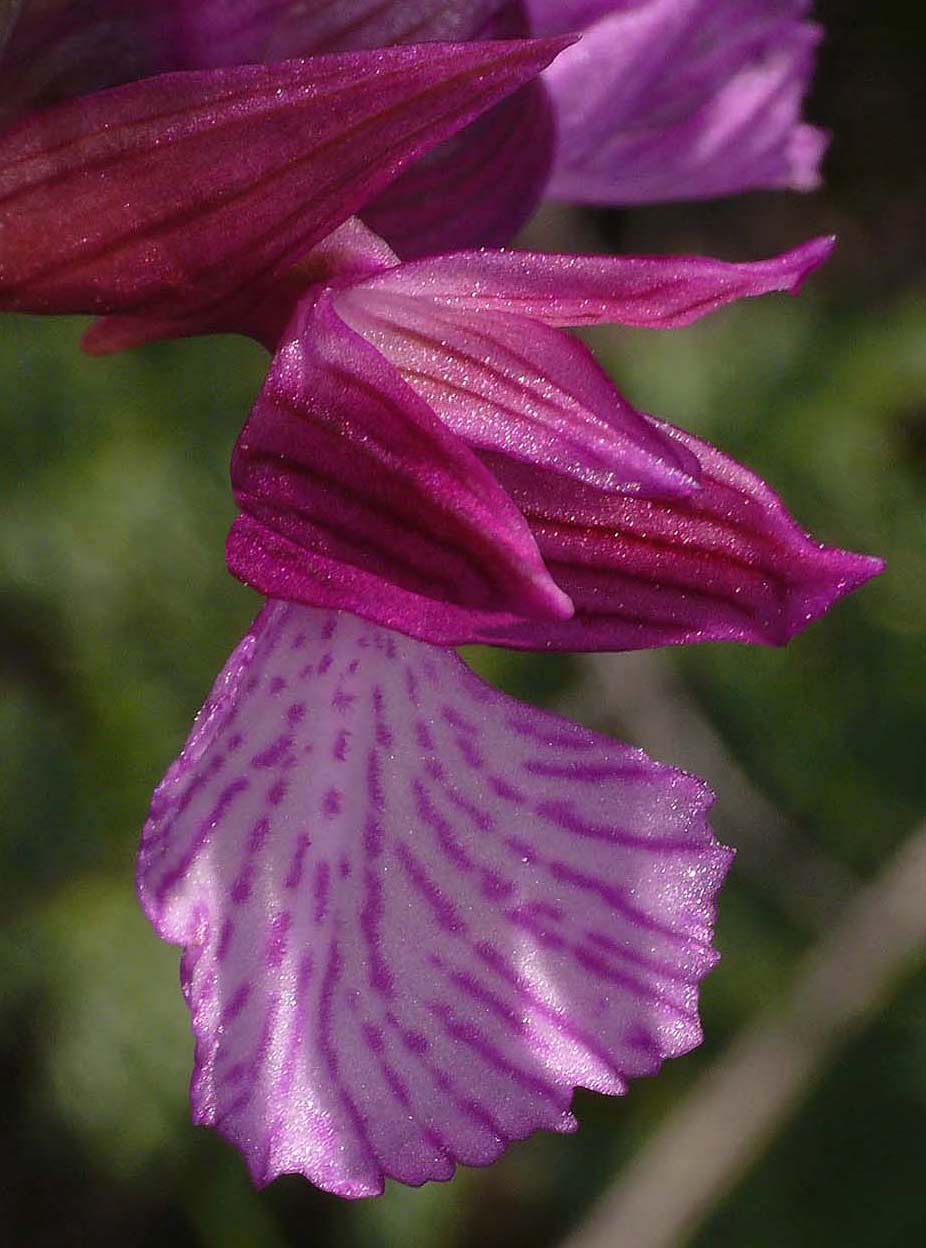
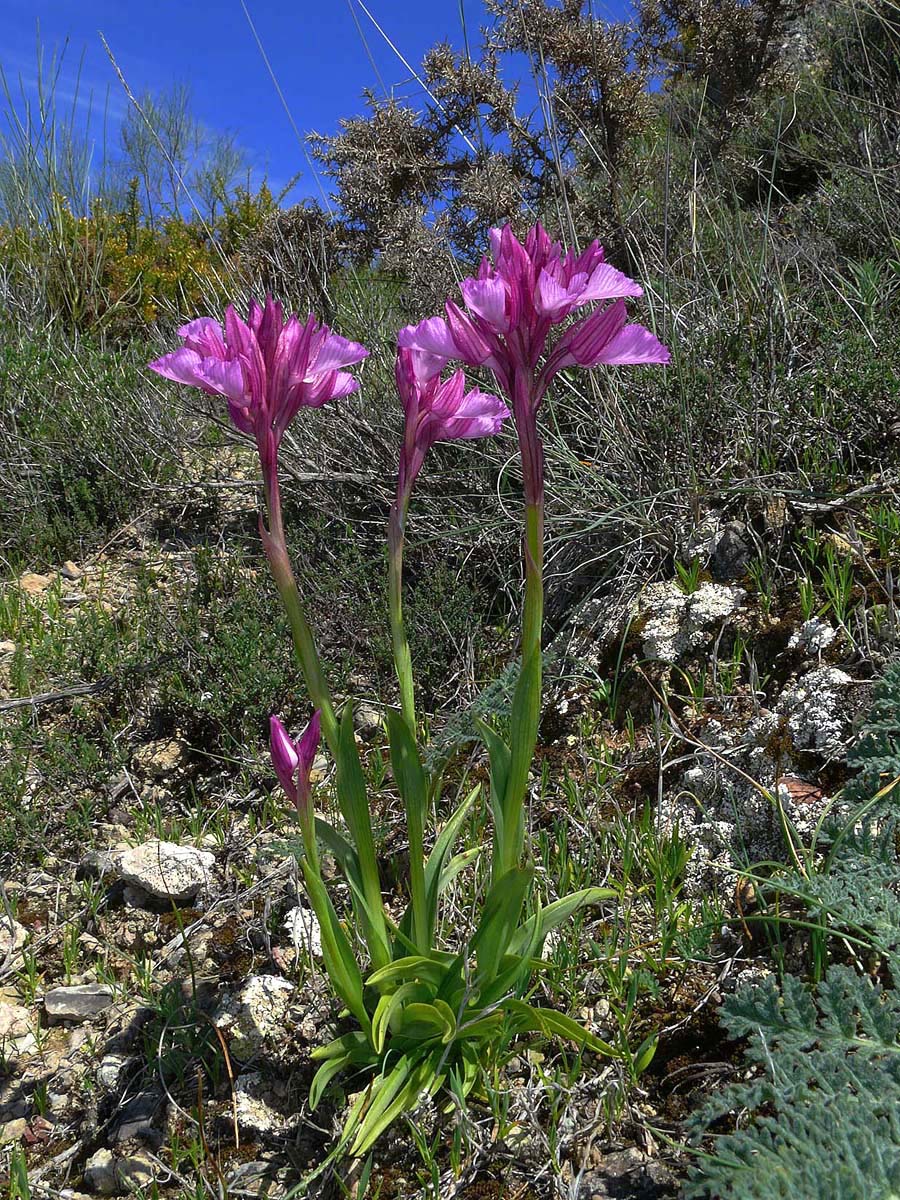
.